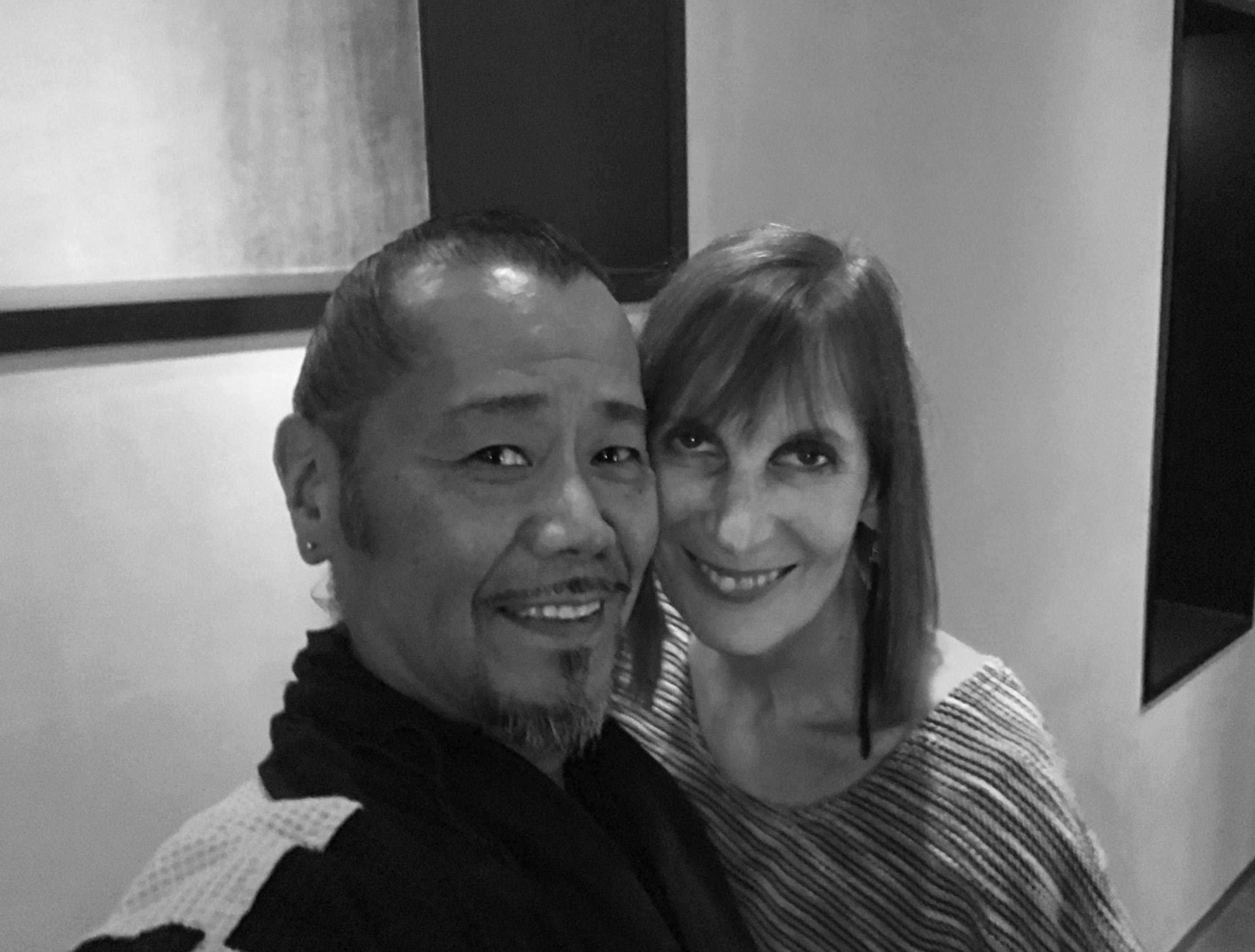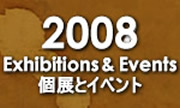造形作家・櫻井正一とコリーンの手漉き和紙の世界。廃材や古民具などの捨てられたモノを、独自の観点で再生の美に挑む。
Colleen and Shoichi SakuraiA farmer's grain sifter, broken Edo-period amor breastplate and an old rusted iron drainpipe may not have much in common, but those objects are all unlikely elements in the imaginative works of Shoichi Sakurai. Shoichi was born in 1962, and grew up the son of a master “Tategu-shokunin” (crafter of kumiko-shoji and ranma) in the old downtown district of Tokyo, Japan. Uninspired, however, by traditional Japanese crafts, his focus was on the good old rock-and-roll days of the American 50's. He loved it. He lived it. In 1978, Shoichi started one of the now infamous 50’s street dance group in Tokyo, Harajuku. After many years of vintage clothing, rock-a-billy music, a masterfully sculpted duck tail, and the pursuit of other careers, including hotel man, musician and club manager, he turned his obsession into a business. Flying between Tokyo and California, he collected and sold vintage American clothing and memorabilia. However, after a time and great distance, he developed, to his surprise, a growing appreciation and pride for his homeland. Also around this time he met, who was later to be his wife, an American jazz singer who had a fascination with Japanese washi paper. Those two events proved to be the turning point of his life. For their honeymoon, Colleen and Shoichi traveled three months throughout Asia, deeply inspired by the countries unique cultures and native crafts. When they returned to Japan their interests in the Japanese arts became a passion and they began to create their own work. That was 1994 and they have never looked back. The Sakurais live in a 100 year old temple house, filled with their own work and found treasures. Shoichi’s interests include collecting old Edo Fire Fighters sashiko coats and other old japanese textiles, with which he designs and hand sews Colleen's, and his own, clothing. As a self taught artist, Shoichi’s work has evolved along with his love and passion of old things. A key element of his work is the aesthetic concept of wabisabi, in which the beauty of an object derives from, or is enhanced by, a flaw or the patina of age. A piece's past history can be found in its imperfections and can add to its personal sense of integrity and intrinsic beauty. Things long abandoned and considered without value like old tools, utilitarian objects, and found materials, are "resurrected" and, with Shoichi's inventiveness, are given new life, new direction. His work offers a shift in perception, where a different angle or a different view of the object can be celebrated. Shoichi has often been referred to as a “recycle/upcycle artist," and though he has an aversion to labels, he accepts this one proudly. Commissioned by the Italian "life style" company, De’Longhi, he created two large illuminated sculptures, made exclusively from their recycled appliances, to hang in their showroom/restaurant in Tokyo. To further promote the concept of "recycled art" he designed and fabricated, for the same company, an exclusive line of jewelry, made from their aluminum power blenders. Working with newly recycled materials is a departure from his usual old metal and aged wood but the concept and the creative process is the same. Don't waste. Recreate. Redefine. Life, and value, doesn't have to be measured in "what was." |
 |
||||||



 |
|||||||
| |||||||